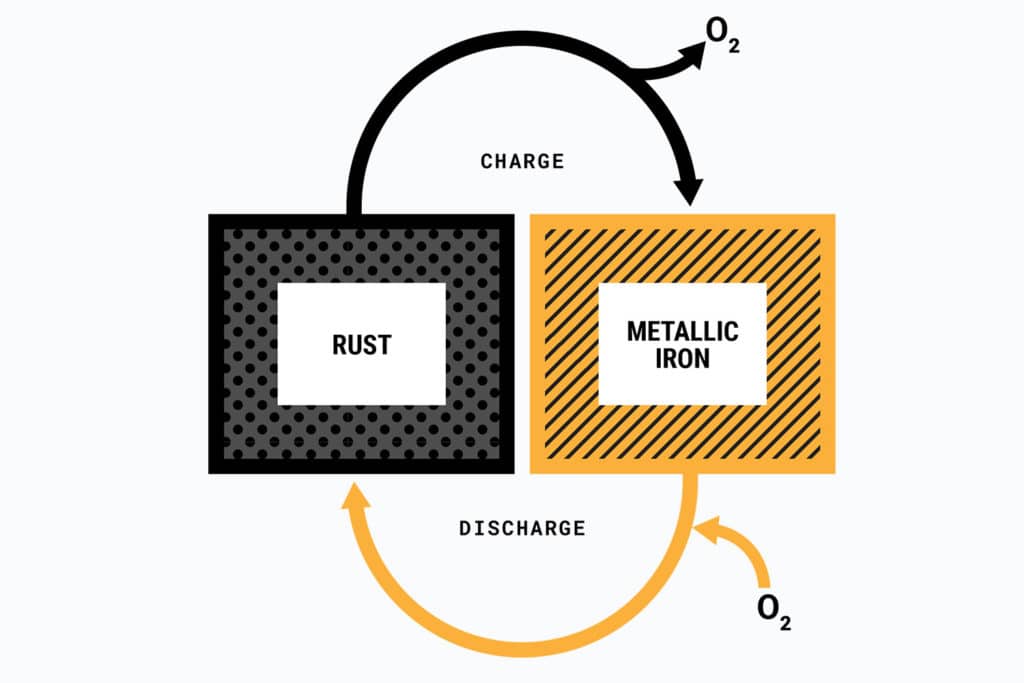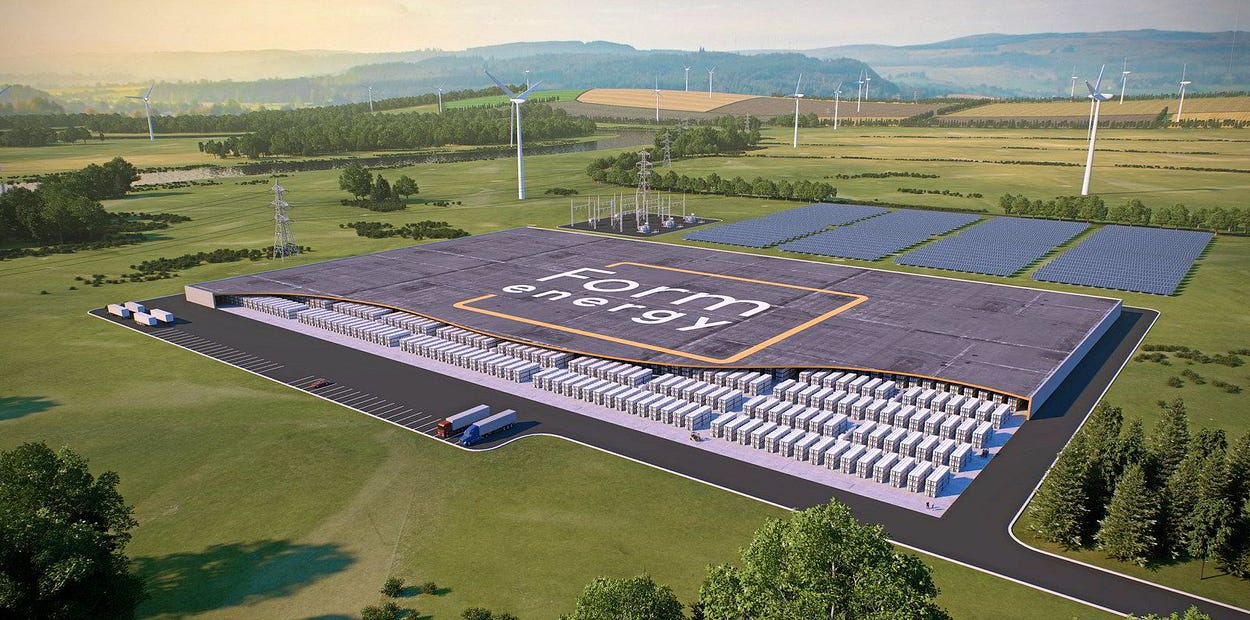In Feb 2021, the state of Texas suffered the most expensive Blackouts in history, which came as a result of three winter storms sweeping the US. The storm caused a massive electricity grid failure leading to an estimated loss of $20.4 billion.
In 2002, Texas decided to isolate its power grid from two major national grids in a bid to reduce electricity costs. In 2011, a report was released by US Federal Energy Regulatory Commission that warned the state about the potential power plant failure. At the peak of demand, 5 million people were left with electricity for over 3 days. The majority of lost power generation was from natural gas resources and coal.


Though Wind energy and Solar accounted for only 28% of the grid power, it could have been enough to prevent the blow faced by the state. That excess power generated could not be harnessed, simply because it couldn’t be stored.
There’s no doubt that since the last decade as opposed to the claims made by various analysts “Solar Power” became the most financially feasible option for the civilization. The last decade saw an enormous drop in prices of Solar and Wind power partly because of the subsidies provided by the government and various initiatives taken by the environmentalists. Thus, when the road to renewables seems to be lush green, it looks like there’s a bump in the road.

Addressing the Road Block
Arguably, one of the biggest challenges we face today is Energy Storage. [Read: How far are we actually from renewables?] Electricity generation is at an all-time high. We have Renewables joined the race along with nuclear and existing thermal power plants. Governments across the world are pushing towards a 100% renewable future with proposed roadmaps by 2050. Yet with an 80% renewable grid, you need efficiency but most of all you need reliability.
The industry needs a plan to store excess energy and make it available when the demand rises. The battery industry till now heavily relied on the strongest contender Lithium Ion. What Lithium Ion lacked was the storage capacity which was limited to only 4 hours. Though highly efficient with >1000 discharge cycles, this wasn’t a solution everyone was looking for! Then in 2017, a very secretive Jeff Bezos funded start-up “Form Energy” unveiled the tech behind its miraculous invention- “Iron Air Battery.”
Blast from the Past
Apologize for making you jolt between past and present, but that’s how you learn to build a better future!
Back in the ’70s, the Cosmo Giant NASA along with many others were seen working on Iron air Battery prototypes. Iron air was not something entirely new in itself and its chemistry quite simple, with many papers outlining the efficiency of the chemistry, but it didn’t align with applications that they had in mind leaving the vast field unexplored. Thus, Lithium Ion was born.

Then in 2016, Mateo Jaramillo, one of the leading managers of the Stationary energy storage project at Tesla started looking for a new challenge to tackle. He thought about the term Long-Duration Storage and landed on the conclusion that we needed a system to hold energy not on the scale of few hours but few days or even a whole week. He left Tesla and began to meet different pioneers in the energy sector. Initially receiving funding from Billionaires like Jeff Bezos and Bill Gates’ Breakthrough Energy ventures‘, Mateo formed a company called “Form Energy.”
The R.A.C.E to Iron Air
The team didn’t have a solution at hand but they knew the criterion and structured their approach around it. They knew that the best solution was going to be an Electrochemical one. Therefore, Marco another Co-Founder designed a techno-economic model for various elements as Active material contenders. The team ran the process for around a year and termed the mnemonic as ‘R.A.C.E.’
The R.A.C.E model short for Architecture (R-chitecture, cause we like to misspell 😅), Anode, Cathode, and Electrolyte ran hundreds of thousands of simulations. And, finally, they had a winner “Iron.” The material Iron’s abundance, its non-toxicity, and past research compelled the team to select that as their active material.

At the heart, the process was quite simple to rust and unrust fine iron particles. The main battery comprises three important parts- an anode, cathode, and electrolyte. The fine iron makes up the anode while the air-breathing electrode becomes the cathode. Both the electrodes are submerged in an electrolyte. The process starts with the conversion of iron into iron hydroxide releasing electrons. Further, iron hydroxide is oxidized to ferric oxide releasing more electrons in the process. The iron starts depositing in the form of rust at the cathode. During the discharge cycles, the rust is decomposed by electrical currents into iron and oxygen ultimately enriching the battery again.
Future of Iron Air Battery
Part of the beauty of Form’s battery lies in the simplicity of the tech. However, the most astonishing thing is the cost factor of the battery. Iron and Air are the most abundant materials available on earth, so the active material to build up the battery costs around $6/kWh, and the whole charade’s cost comes down to $20/kWh. Form’s latest assessment or techno-economic survey puts their batteries cost as low as 1/10th the costs of Lithium units. Iron air battery can last up to 10000 charge cycles as opposed to Lithium Ion’s 3000 cycles. And the storage specs put it around 150 hours of Energy capacity, which is a whopping 6 days of storage.

And the best part is we don’t have to wait longer. Form Energy is already in the process to build grid-scale power plants with a fully functional demonstration plant scheduled for 2023 and public commercialization aimed at 2025. Its mission is to make renewable grids secure and reliable. The need to detach from fossil fuels is our current priority, though renewables alone wouldn’t help us but technologies like these guarantee that mankind won’t ever give up on a solution.
The road to renewables is finally being paved with concrete innovations like these that assure us a Carbon-Neutral grid in near future. But “Form’s Iron air battery isn’t here to compete with Lithium Ion and other techs,” says Mateo in a podcast called Interchange, “[but] it’s here to complement them.” We as humans never rely on a single plan anytime, just like that Power Grid can’t have one Energy storage solution dominating the grid but a sweet combination of technologies that will ensure power whenever you need it. This is not something in the “Would be Nice category” but rather in the “Must have category.”
“The Future is not going to be a Mirror of the Past but the Reflection of the Decisions we make in the Present.”
-RDX



